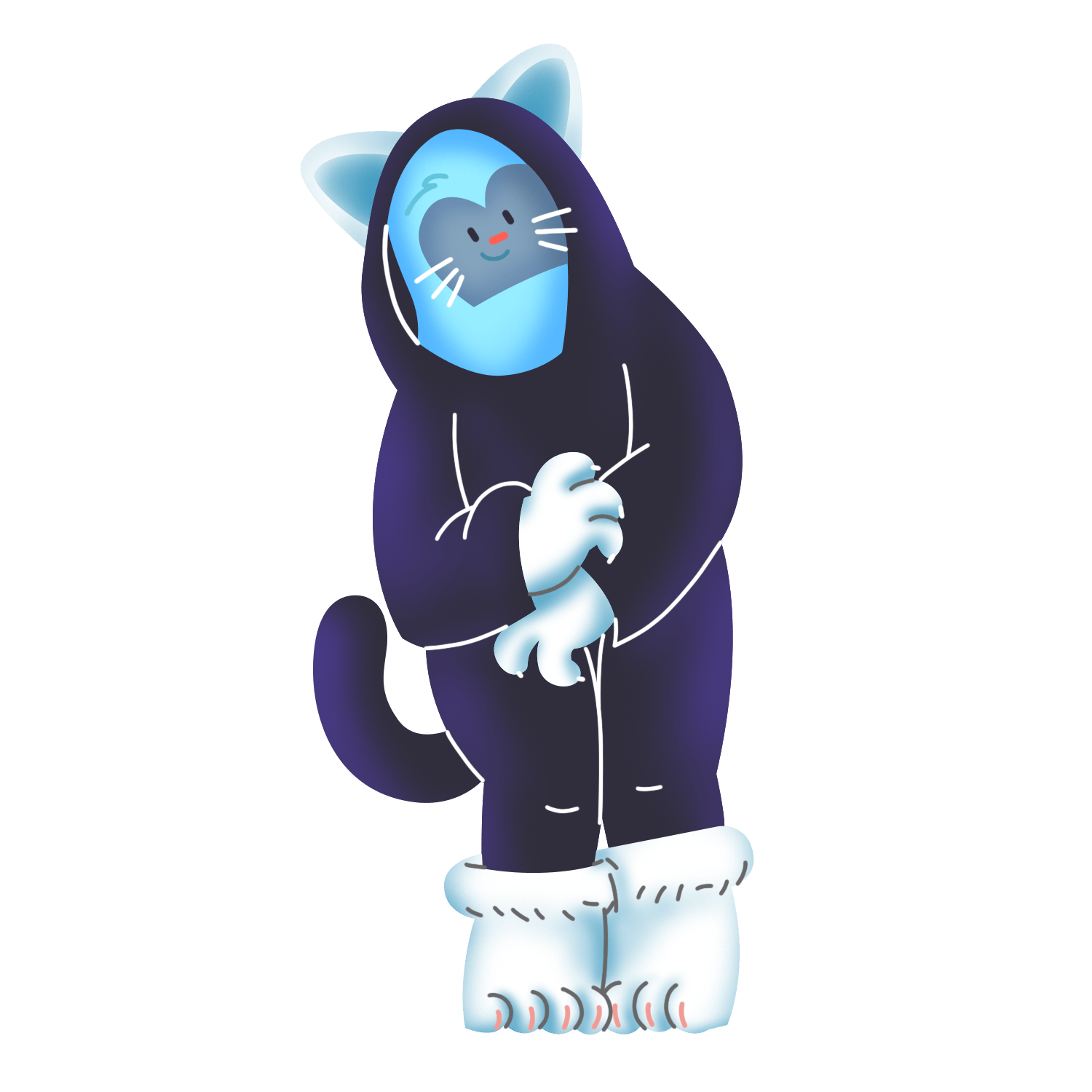“When you make an illustration art, you’re supposed to have a subtext; you’re not just communicating words—you’re actually adding another story altogether.”
Peggy Rathmann
What’s the first thing that comes to mind when you think of an ‘Illustration art’? It could be your favorite storybook when you were little, or the vector graphics you see online. Whatever it is, we can all agree that illustrations are more than just fun and whimsical art.
‘Developing a Creative Eye for Graphic Design’ is a blog series that shares first-hand knowledge and experiences from DotYeti’s creative team. In this series, we’ll be talking about the magical world of illustrations. Our Art Yeti, Gavino will be sharing his knowledge about illustrations and the basic concepts to grasp if you’re an aspiring illustrator.

Not everyone knows that Gavino is deaf, but this never stopped him from generating industry-quality art. For the record, Gavino hands-down has one of the most impressive portfolios and the most inspiring growth journey when it comes to illustrations here at DotYeti.
Gavino’s course is Bachelor in Applied Deaf Studies in the Computer Graphics Arts and Technology track in De La Salle-College of Saint Benilde. While he was in school, he always participated in extracurricular activities—he even presented the Deafzone Graphik Exhibition along with his batchmates to show their passion for graphic designs.
He is one of our most valued Art Yeti and we’re excited for you to learn from him today. But before we start, let’s have a quick refresher on what Illustrations are by definition.
What are Illustrations?

Gavino’s Work
Illustration art is drawn visual representations of full-bodied text. They could be as simple as a picture of a yacht or a dog; with no further meaning attached to it. But they could also be complex like the depiction of The Last Supper; with several scenes happening in one full illustration.
It’s an age-old art and usually the first one any artist dabbles with, and it can take a lifetime to master. Illustrators are keen to stand out from the multitude of other artists in the industry. Hence, they tend to focus on developing their unique style early on.
But having a unique style isn’t and shouldn’t be the priority of any true artist. In formal art school, it is required to have a deep understanding and mastery of the basics—which is realism. Not very basic, but it’s encouraged that you absorb the hard stuff first if you want to be taken seriously.
Take the great Pablo Picasso for example. His illustrious painting career is centered around cubism and doodle-y art. But if you challenge him to paint and draw like a realist, he’ll serve it to you; which makes him a true master of the arts. So if you’re an aspiring illustrator with no plans of pursuing a degree in art, here’s a quick guide.
7 Essential Skills You Need As An Illustrator

Gavino’s Work
“Creativity and imagination with an eye for color, and balance,” are just a few of the skills you need according to Gavino.
The ability to create an illustration art that has the power to express an idea or concept starts with these 7 essential skills:
1. Freehand drawing
“Starting with the basics is an essential step. Build your skills traditionally first before transitioning to digital,” said Gavino.
It makes sense that every professional artist will recommend that new artists start by first learning how to make an Illustration art through pen and paper. This is very astute advice. Learning the fundamentals of illustrations should start by exploring different techniques with a drawing pad and a pencil.
The difference between an illustrator and a graphic designer is that an illustrator depicts scenes of life by hand; while a graphic designer manipulates the elements and principles of design to make visually compelling content.
2. Practice light-hand drawing
Gavino emphasized practicing light-hand drawings is a must when it comes to illustration art. “You have to learn to control the pressure you apply on your medium when drawing. A heavier hand means darker colors from your medium of choice. As the amount of details you add builds up, so does the weight of your hand.”
“A pro-tip is to have your pinky finger function as your anchor,” said Gavino. You’ve probably seen artists do this all the time. It’s a centuries-old technique so artists don’t make a mess and smudge everything on paper with their hands.
Touch sensitivity is also a major feature of drawing pads. This allows artists to apply techniques they could do on paper onto the software as well. So it wouldn’t be a skill left forgotten when you decide to go for digital illustration art.
3. Perspective drawing
Perspective drawing is a skill that shows knowledge of the form and structure of objects. It’ll be your main objective to illustrate scenes, and the position you take could affect the meaning of your work.
For example, having a worm’s eye perspective of a scene implies inferiority and weakness. While standing at a higher ground allows you to look down on everyone and everything; signifying power and advantage.
Gavino mentioned, “Comic book illustrators also study the vanishing point in perspective drawing. This is helpful when drawing landscapes or illustrating moving characters.”
4. Implement shading for more definition
Even the basic knowledge of how to apply shading to objects can bring dull sketches to life. It also goes hand in hand with perspective drawing. Having a three-dimensional understanding of objects lets you know where the light will hit them. Remember that lighting gravely affects the emotion that your illustrations will evoke.
“The easiest way to practice shading is by drawing the things surrounding your desk lamp. Either that or start with a circle and decide where you want the light to come from. From thereon, shade out the opposite side of the light source, gradually decreasing the pressure to give it dimension,” said Gavino.
Shading starts with a few diagonal lines. Build up the layers and crisscross to make it appear darker. Remember to trust your natural instinct and don’t overthink it.
5. Creating texture
This is important to note, “A few strokes and dots can go a long way. The texture is part of adding details and you can usually achieve this through shading, too. But shading is just concerned with shadows.”
According to Gavino, there’s an endless amount of techniques you can use to illustrate the textures of surfaces. The best part is they’re not difficult at all, but it is a tedious process.
One of the best things about being an artist, especially an illustrator, is the part where we bask in our surroundings and observe the tiny details; knowing we have the ability to put it on paper for others to experience it through our work.
6. Vividly describe a scene
Hearing leaves rustle in the wind; imagining the shape of their edges and hardness to know how they create that sound. Or brushing your fingertips over oregano leaves to feel the trichomes; expecting your drawing to look as fuzzy as it feels. In this sense, how can you not also be a poet?
Here’s a powerful statement from Gavino, “Your ability to describe a scene using words is helpful when it’s time to draw that scene. After all, a picture is worth a thousand words. And can you depict a thousand words in one illustration?”
Try to imagine what Beethoven sees under his closed eyes when he plays Moonlight Sonata. Then, illustrate the imagery the music gives you. There is a vivid moment in time that only an artist can see. Is it inexistent? Maybe. But it’s also waiting to come alive under the artist’s loving hand.
7. Exercise willpower and grit
It can be difficult to draw what we envision in our heads. Not having enough skill to draw something on the first try is frustrating if you don’t have enough patience and determination.
But don’t be overwhelmed by it and give up. It takes real commitment to developing any skill. Remember the 10,000 hours rule? Although it’s been debunked, there’s still something you could get out of it. The essence of it is that you have to put hours into practice day in and day out.
And cut yourself some slack. If you’re thinking “I’m not naturally talented,”, it’s important to remember that hard work beats talent.
Honing Your Skills In Illustrating

Gavino’s Work
Now that you know the essential skills needed to illustrate, let’s discuss how we can hone them according to Gavino.
1. Read books that have a detailed and graphic universe
“Remember to widen your imagination and explore possibilities,” said Gavino. It’s a no-brainer to go for graphic novels and comic books if you want to be a great illustrator. You’ll learn more about technique this way.
Reading fantasy and sci-fi books will hone your mind. These authors created universes with minimal visual guides, relying on readers to recreate what they envisioned into their heads—and that takes skill. It’s also a good source of inspiration and ideas for when you make your own illustrations.
2. Pick up an anatomy book
“There’s no escape. All artists must possess some knowledge of anatomy. You can buy an artists’ anatomy book anywhere and read it however you want. As long as you take it seriously,” said Gavino.
Michelangelo had to take a rich nobleman’s corpse just so he can learn how to draw muscles, nerves, and bones up-close and personal. Sure, he, a broke artist, had some dispute with the family but that didn’t stop him from getting another one after the first one had decayed.
3. Keep your mind open to different techniques
Don’t be so obsessed with creating your own style because it’ll come naturally to you. You’ll have a better technique once you’re more knowledgeable. Try to dabble in different illustration art styles before deciding head-on. An artist is an explorer.
4. Watch and participate in classes or tutorials
“During my free time, I practiced illustration learning from an online tutorial so I could be ready to work,” said Gavino. Sign yourself up for workshops and classes or just watch YouTube if it’s not in the budget. According to Gavino, his YouTube favorites are Mark Rise and Dom Designs.
“Mark Rise’s channel is about character illustration and background design, usually shape design. He has step-by-step tutorials and this is my favorite illustration style. I’ve been watching his videos since I was in college. While Dom Designs channel is another illustration style using flat designs for objects, characters and other cute stuff. It also has easy step-by-step tutorials.”
5. Extend your visual library
As an illustrator, it’s important to be perceptive of day-to-day scenes. Taking photos that can serve as visual references for later can add spice to your ideas. If making your own visual library sounds like too much work, then you can always follow photographers, especially photojournalists, on Instagram.
For Gavino, he noticed on his daily commute that there wasn’t any visual support for the deaf community in the local train stations. So he made it his initiative to illustrate sign language symbols for them.
“I also animated ‘Deaf Friendly Filipino Sign Language for everyday passengers in LRT-1’ for my final thesis,” said Gavino. This is definitely an artist’s work that made a meaningful impact to the community.
6. Experiment with your software
Experimenting with modern design software definitely won’t cause any unnecessary delays or restrictions in the way you work. In fact, if you use the right tool, it will make drawing illustrations much easier. If you’re not familiar with any design tools, YouTube tutorials and other design platforms have a step-by-step guide that will teach you how to work your way into any design software.
7. Invest in gadgets
The biggest advantage you have as a rising illustrator is investing in technology that can propel your designs to the next level.
There’s no doubt that the design industry utilizes advanced gadgets to help reduce the time spent working on one project. With the modern solutions presented today, it’s easy to recognize the impact of technology and how it influences the way illustrators work and how they present their designs.
8. Always be on the lookout for the latest design trends
It’s a fact that illustrators or graphic designers in general that stay up to date with graphic design trends have an advantage over designers that stick to what they learned in college or design school.
Just by knowing and understanding what is trending in the design industry, you can offer your clients innovative and timely ideas for their needs instead of providing them the basics.
2 Types of Illustrations

Gavino’s Work
There are two types of illustration: the traditional style and the modern style.
Traditional Illustration utilized different natural media, each with its own techniques and effects. These include:
1. Pencil illustration
Pencils come in all shapes and shades. Graphite pencils are classified according to their hardness. Hard pencils are labeled as H and soft pencils are labeled as B for “black”.
For illustrators, hard pencils are often used for fine details. Soft pencils are preferred for sketches because, depending on the level of blackness, artists have a wider array for shading and filling in space. The outcome resembles charcoal or soft pastel illustrations.
2. Pen and ink illustration
After an almost invisible layer of pencil illustration, some artists prefer to detail their works with pen and ink instead. Like pencils, they also come in varying thickness labeled from 0.1 mm to 5.0 mm.
This type of illustration is centered on contrast. Black ink on white paper offers a stark contrast that catches the eye better than pencils sometimes. They also have the added benefit of being smudge proof once the ink has dried, unlike pencils.
3. Charcoal illustration
Charcoal is the artists’ favorite. Artists are known to be erratic, with ideas quickly fleeting away as their vision develops. Oftentimes, they need to jot down their ideas before it quickly goes away. Sometimes it’s the subjects that are fleeting, like a butterfly in a garden.
While an artist needs several pencils and pens, they typically only need one piece of charcoal to work with, and their fingers. The highly smudgeable material is versatile; you can use a sharp end for details and a blunt opposing point for shading. It’s a medium for quick, erratic sketches indeed.
4. Watercolor illustration
Watercolor is the equivalent of charcoal in the sense of portability, as paints go. They come in compact pigments and require the artists to work quickly, lest the watercolor dries out before they’re able to blend it. It’s a simple, elegant, and light medium perfect for landscape illustration.
But it’s also very difficult to work with and master. Illustrators need a sense of control when using watercolor. Mistakes are unerasable and there is always the possibility of ruining the paper if too much water is applied. When in doubt, artists use drying as a technique to further add layers of color to their work.
5. Gouache illustration
Watercolor has a translucent look, gouache on the other hand comes with strong, solid colors. This gives illustrations a more vibrant finished product. Gouache is also water based and is actually a modified version of watercolor.
Illustrators do a mixed-media technique with gouache and watercolor to give their work a central focus. The bold colors of gouache serve as the centerpiece while the watercolor quite literally fades in the background.
6. Acrylics illustration
Acrylics are a water-based medium viewed as the cheaper alternative to oil paint. Compared to oil paint, which has a tedious drying process, acrylics are a dream to work with for illustrations.
With them, there are no chances of paints yellowing over time or the first layer being dry while the base remains wet and susceptible to ruin. Rich, solid, and lively colors are achieved through acrylics similar to oil paint.
7. Collage illustration
Collages embody mixed media to its core. It combines and repurposes differing styles of illustration art to create a new illustration altogether. Depending on the illustrator, the end result could appear to be a beautiful mess or something genuinely intricate and divine.
In the mess of things, an artist’s eye for detail and potential is exercised in this type of illustration. The world is your oyster if you’re a frustrated artist with scissors and glue.
Modern Style
The modern style of illustration art is, put simply, a digitized form of all the traditional techniques. An illustrator with a laptop can achieve the same effects through the use of various programs and apps. For the unsuspecting eye, there’s simply something different about digital art that you just can’t put your finger on. It is divided into:
1. Freehand digital illustration
This refers to digital illustration art in raster formats such as JPG, GIF, PNG, and PSD. Through the use of a drawing pad and stylus, an illustrator can recreate traditional artworks on a computer using their freehand drawing skills.
The amount of details that can be achieved through this technique is extensive to say the least, which is why it comes in pixels. If the resolution is too low or if you zoom in enough, you’ll see how the collection of tiny solid blocks of colors make up the full picture.
2. Vector graphics
Vector graphics, on the other hand, are smoother because they don’t use pixels. Ensuring that the quality remains as crisp as ever no matter how much the file is compromised. They come in the file formats of SVG, EPS, and PDF.
However, the lack of pixels also means an innate lack of ability to create intricate details. This is why vector graphics illustrations are often simple or minimalistic.
Unlimited Designs with DotYeti
Need custom illustration art for your business? DotYeti provides stunning and effective illustrations that don’t burn through your pocket. Your business’s mission to change the world won’t happen through overpriced packages.
With DotYeti, you’ll have a team of illustrators dedicated to sharing your vision for a better world. Check out our portfolio and case studies to see how our illustrators have delivered messages with heart time and time again. You can visit our pricing page to see which design package is just what you need.
Not sure which one to go for? Feel free to reach out to a Yeti today to plan out a custom package—just for you.




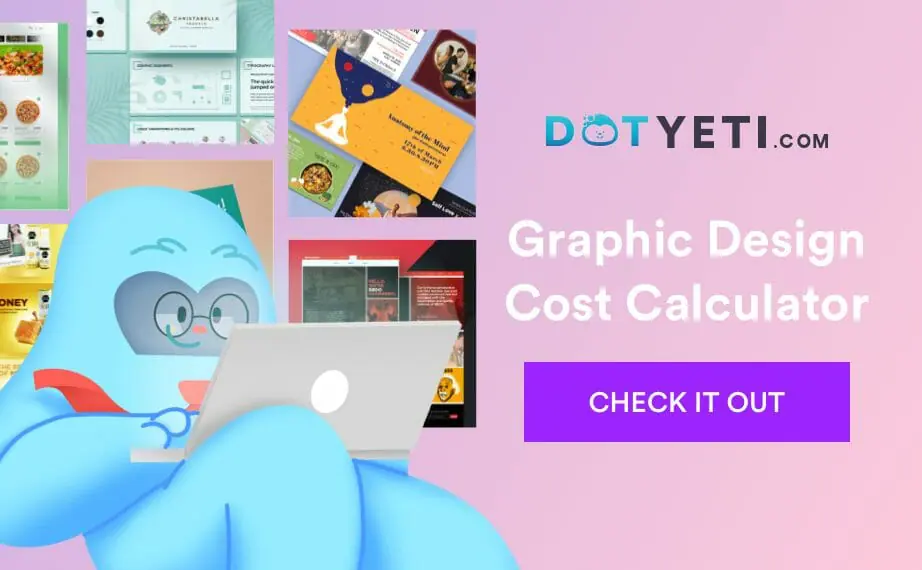
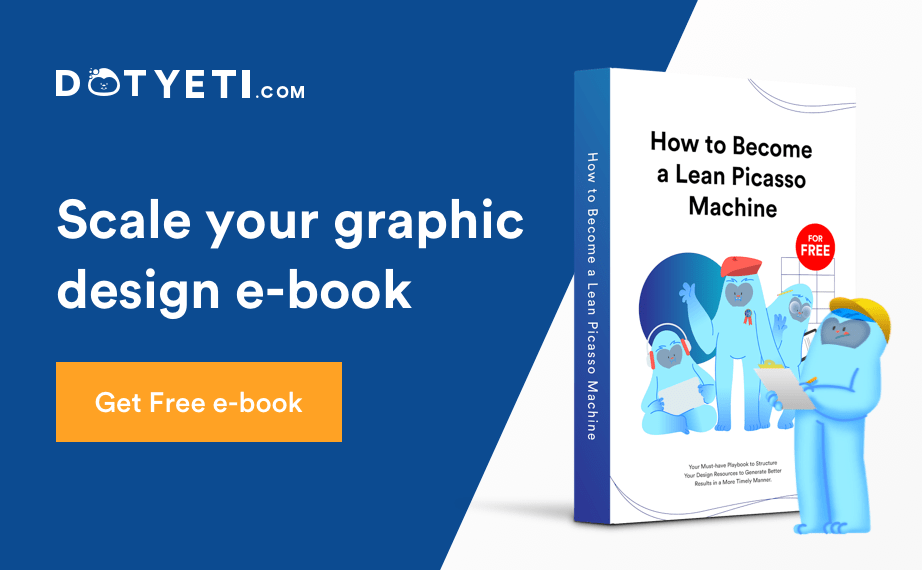
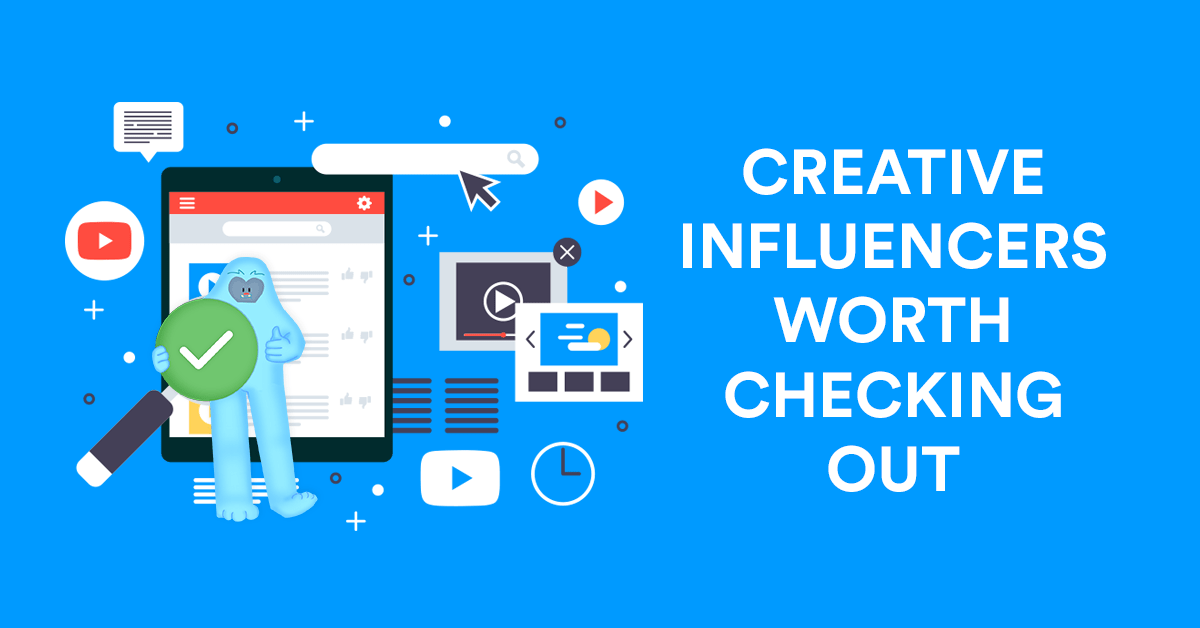
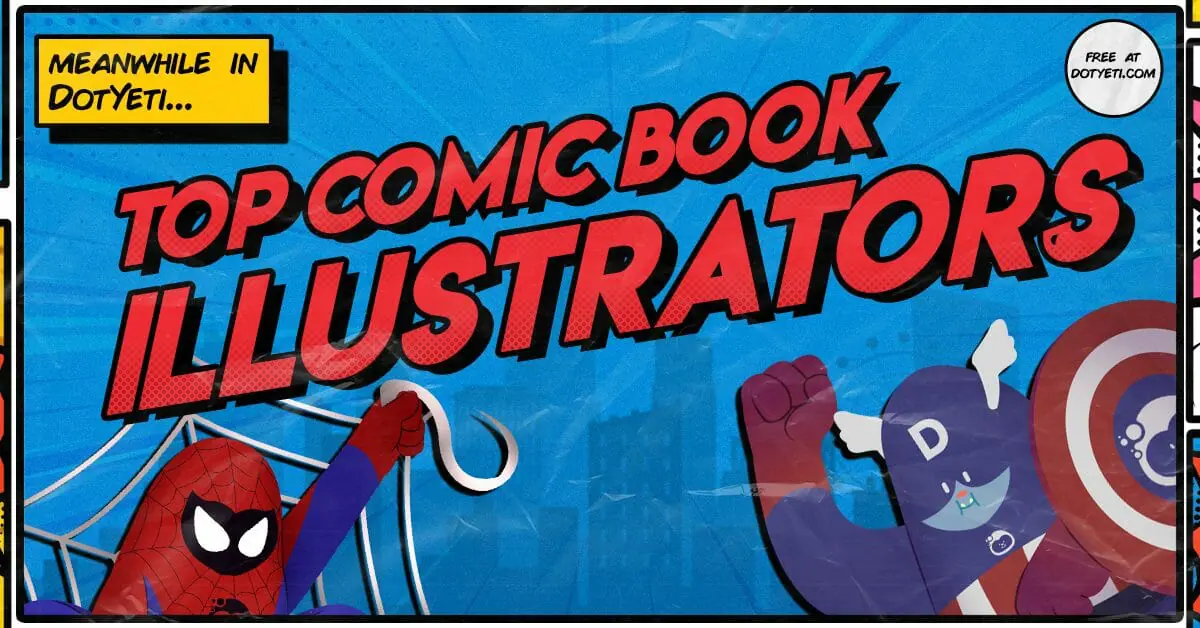
![[UPDATED] The 2024 Complete Graphic Design for Marketing Guide](https://www.dotyeti.com/wp-content/uploads/2021/12/2022.jpg)
